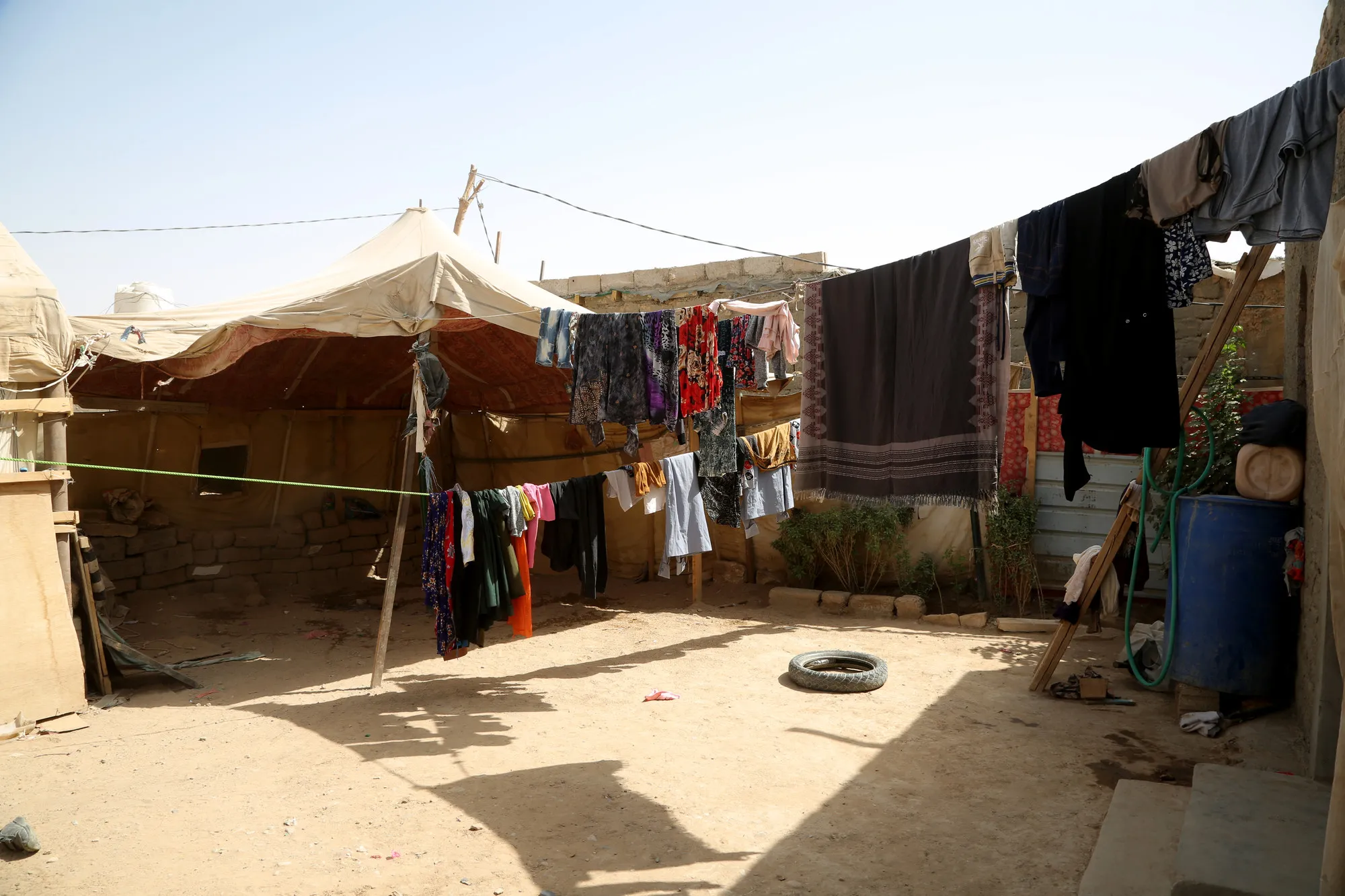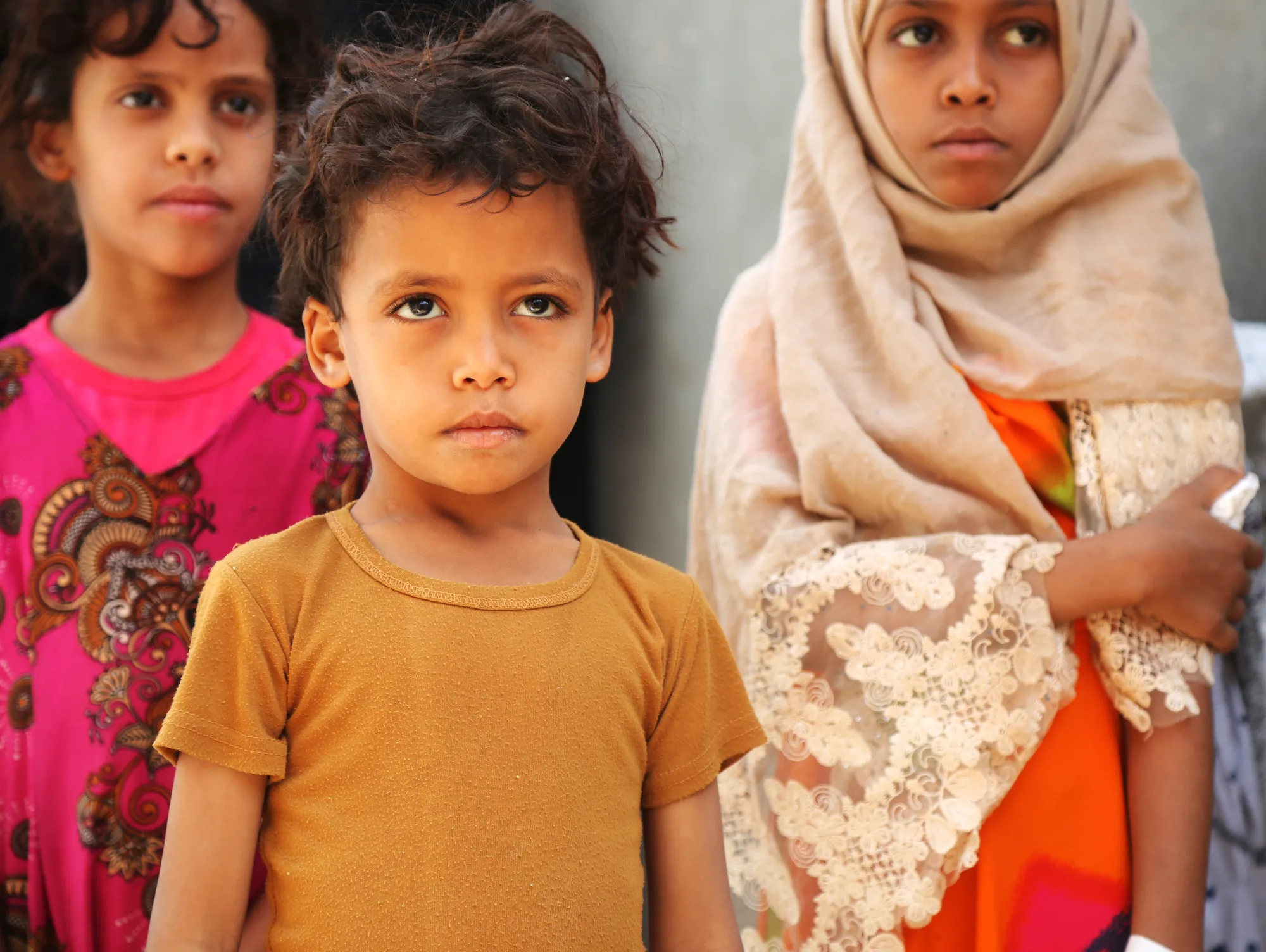Yemen has been engulfed in conflict for the past five years and the country is almost completely isolated from the rest of the world. As many countries around the world battle the COVID-19 pandemic, no cases have yet been reported in Yemen. While other countries are just beginning to grapple with self-isolation, disease, restriction of movement and the loss of economic opportunity, none of these issues are new to Yemenis. All of these problems coupled with bombings and violence have become the horrific daily reality in Yemen. An estimated 24 million Yemenis are currently in need of humanitarian assistance. While the threat of COVID-19 looms, the country is also battling a cholera epidemic with more than 87,000 suspected cases in the first three months of 2020.
Three mothers recount their experiences over the last five years in Yemen
When fighting suddenly engulfed the city of Al-Hazm, three mothers and their children were forced to flee for the third time in five years. This time they had to travel through the desert to reach Ma’rib Governorate in eastern Yemen. The mothers describe the grueling journey their families made after the city of Al-Hazm was suddenly enveloped by fighting.



